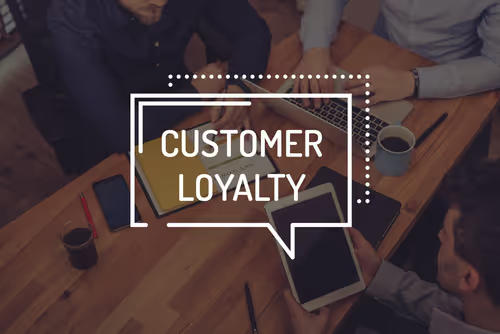
According to B2B International, “54% of B2B marketers said making customers more loyal was a leading business challenge, a 10% increase from the previous year “
Customers are expecting more from brands than ever before. That’s why loyalty programs are put in place by thousands of brands: Not only do customers want brands to convince them why they should use their products/services, but they want rewards for giving them their business.
This article will define what loyalty marketing is, what loyalty marketing can do for your business, and show you examples of loyalty marketing programs in action.
Loyalty Marketing Defined
Loyalty marketing is an approach to marketing, based on strategic management, in which a company focuses on growing and retaining existing customers through incentives.Marketing efforts designed to entice customers to make purchases again and again from a specific company.(Wiki)
Loyalty Marketing Strategies: Loyalty marketing strategies involve rewarding recurring customers for continually using a specific company’s product or service.
Loyalty Programs: A structured approach to rewarding customer actions that includes giving customers incentives for specific actions that benefit the company like discounts, rewards, free merchandise, or exclusive access.
According to Excentus, “Rewards that help consumers save on the cost of gasoline ranked #1 in 2016 as the most popular loyalty program currency, with 37% of consumers preferring fuel discounts over credit card rewards, coupons, retailer points and instant discounts at the cash register.”
Customer Loyalty Program Goals:
- Retaining more customers: Loyalty programs help increase retention rates which are directly related to the happiness of your customers and the revenue of your business.
- Acquiring Customer Data: Acquiring new customer data is another goal of loyalty programs. Customer Data can be used to design even more targeted and personalized loyalty programs.
- Increase The ‘Share of the Wallet”: The “Share of the Wallet” is the percentage of disposable income spent on a business’ products or services. Loyalty programs give customers incentives to spend their disposable income on your products or services.
8 Strategic Benefits of Loyalty Marketing and Loyalty Programs
- Loyalty Programs Create A Competitive Advantage: A company using a loyalty program has a competitive advantage over their competitor. The customer has an incentive to buy from the company offering some sort of special promotion.
According to Excentus, “26% of consumers say they shop more frequently at stores where they can earn rewards, 17% plan ahead to take advantage of rewards and promotions, and 14% shop only where they can earn rewards.”
- Loyalty Programs Save Money: Although loyalty programs often involve offering discounts and promotions, loyalty programs help to retain existing customers, which has been proven to cost less than acquiring new ones.
According to The Balance, “The Cost Per Acquisition (CPA) for a new customer is often much higher than the costs of the discounts and freebies awarded to them through a customer loyalty program system.”
- Loyalty Programs Improve Credibility: If a customer is having a fantastic experience with your loyalty program and receiving lots of perks, then they are likely to tell their friends and family about it. This is a great way to build the credibility of your company and prove that your loyalty programs actually bring customers benefits.
According to Collinson Latitude, “40% of travel loyalty program members would tell friends and family about a program following a positive redemption experience.”
- Loyalty Programs Improve Customer Relationships: Loyalty programs help brands build stronger customer relationships by making the customer feel like they matter to a business.
According to Bond, “75% of consumers say loyalty programs are part of their relationship with brands.”
- Loyalty Programs Improve Customer Experience: By providing special offers and promotions, free merchandise and other loyalty program perks, the customer will feel as though they are having a great experience with interacting with your brand.
According to Rare, “86% of consumers say loyalty is primarily driven by likeability and 83% of consumers say trust.”
- Loyalty Programs Improve Metrics: Loyalty programs can help improve multiple metrics.
The most important loyalty program metrics cited by retailers according to Accenture:
-
Membership growth rates (45%)
-
Share of transactions by members (42%)
-
Retention rate (40%)
-
Customer long-term value (37%)
-
Number of transactions per year (36%)
-
Reward redemptions (32%),
-
Campaign response rates (27%)
-
ROI (19%)
-
Customers engaged socially (16%)
- Loyalty Programs Increase Customer Lifetime Value: Customer Lifetime is quickly being recognized as an important measure of value for a business. A high customer lifetime value is proof that a campaign or program is working.
According to Forbes, “29% of executives say maximizing customer lifetime value is a priority.”
- Loyalty Programs Improve Customer Retention Rates: Loyalty programs give customers a good reason to stay with a business to receive even more rewards.
According to Forbes,”Brands that upped their spend on customer retention over the past one to three years drove a 200% higher chance of growing their market share.”
Examples of Loyalty Marketing: 5 Case Studies To Prove Customer Loyalty Programs Drive Results!
Sephora Beauty Insider Loyalty Program

The beauty retailer Sephora has killed it with their Beauty Insider Loyalty Program that lets customers choose their own rewards.
How The Loyalty Program Works: For every $1 spent online or in-store, the loyalty program member receives 1 point. These points are redeemable for gift cards or exclusive benefits only available to members.
These exclusive products include:
- Beauty Products
- In-store beauty tutorials
- Limited Edition Products
Results of The Loyalty Program: Not only is Sephora is one of the most well-known makeup retailers in the world, but their program has accumulated over 10 million members!
Starbucks“My Starbucks Reward” Loyalty Program
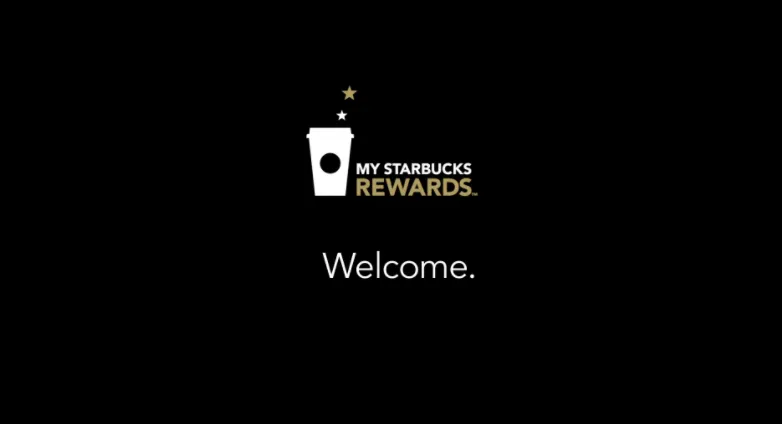
Starbucks’ “My Starbucks Reward” Loyalty Program is innovative and user-friendly.
How The Loyalty Program Works: Starbucks personalizes their benefits for each customer based on tracked data of the members buying behavior and purchasing habits. Starbucks loyalty program is also innovative because it lets users see their reward status and make payments right from their mobile phone.
Results of The Loyalty Program: Starbucks Loyalty Program grew nearly 2x in a year and a half. That is, growing from 4.5 million members in 2012 to 9 million members in 2013. Starbucks claims to have seen a 26% rise in their profit margins and 11% increase in total revenue due to the program.
WaitRose
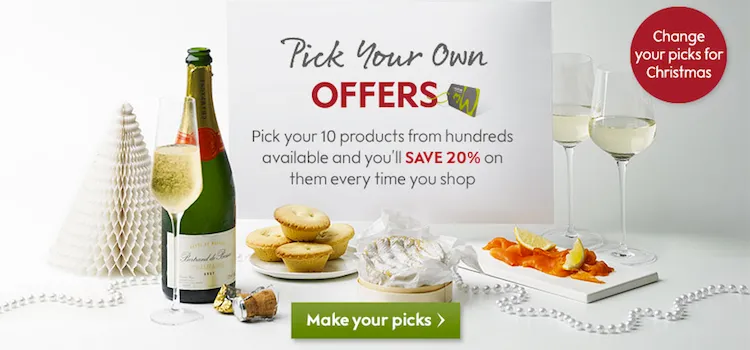
High-end British Food Retailer WaitRose designed their myWaitrose loyalty program based on customer service. WaitRose sells food both in-store and online.
How The Loyalty Program Works: As soon as a customer signs up to be a myWaitrose loyalty program member, they are offered rewards. However, the big benefits are saved for long-time loyal customers only.
MyWaitrose special offers include:
- A free newspaper and/or coffee/tea to give members an incentive to shop in-store
- Cooking classes
- Trips to organic farms
Results of The Loyalty Program: Waitrose saw that 50% of their customers are using their myWaitrose loyalty program to purchase products.
Amazon
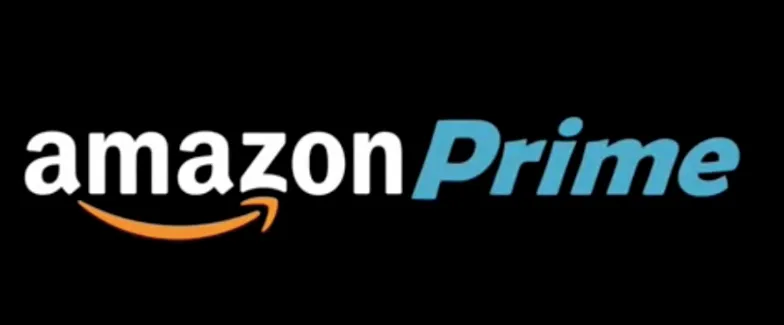
Amazon is claimed to be the “poster child of e-Commerce loyalty programs.” Amazon created the Amazon Prime program to decrease the number of customers abandoning their shopping carts due to unexpected high shipping rates.
How The Loyalty Program Works: Members pay a premium to be guaranteed free 2-day shipping on any purchase, no matter the amount. Furthermore, each month members receive free downloadable digital content.
Results of The Loyalty Program: Amazon saw that members of AmazonPrime spend 4x the amount of non-members.
Gilt
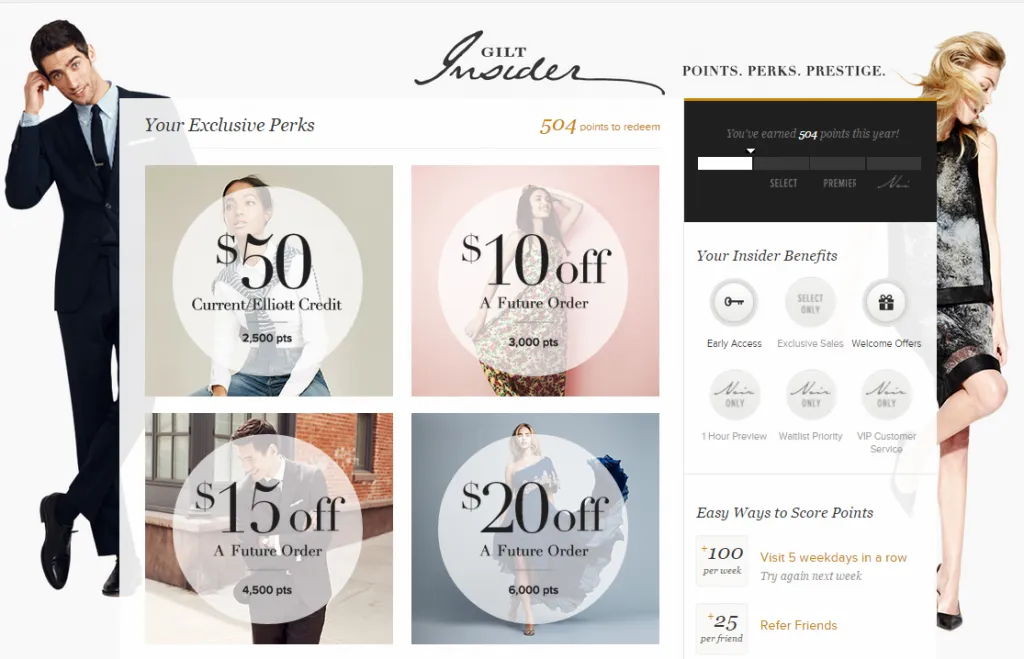
Gilt is an online fashion retailer that specializes in selling high-end designer clothes at a discount and offers shoppers a big incentive for becoming a member of their Gilt insider Program.
How The Loyalty Program Works: Gilt Insider loyalty program members receive points for every purchase that make as well as access to extra discounts and free shipping. However, the biggest benefit of becoming a member is having special early access to their sales.
Results of The Loyalty Program: Gilt saw such a large increase in customer engagement that they are now featured in multiple “how to” guides for running successful loyalty programs.
Examples:
Wrap It Up
Loyalty programs have many benefits for your business. Loyalty Programs:
- Create A Competitive Advantage
- Save Money
- Improve Credibility
- Improve Customer Relationships
- Improve Customer Experience
- Improve Metrics
- Increase Customer Lifetime Value
- Improve Customer Retention Rates
But the main reason to implement a loyalty program is to show your customers that you truly care about the full experience they have with your brand. A loyalty program improves trustworthiness because it means that a brand wants to give back, it’s not just about their bottom line.
According to Rare, “26% of consumers mention the terms “trust” and “consistency” as an important element of brand loyalty.”



